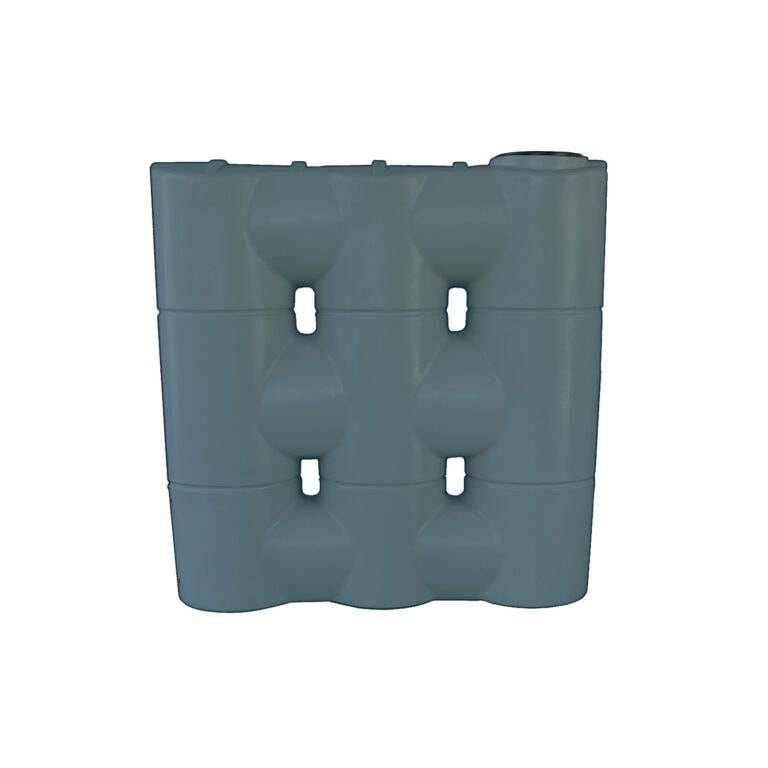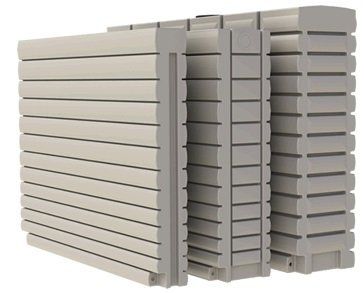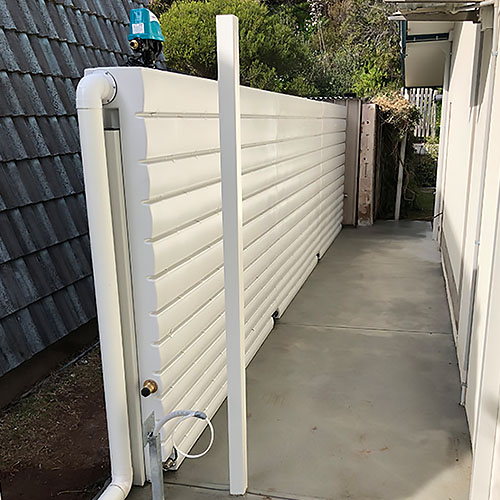Top Quality Slimline Water Tanks: Effective and Space-Efficient Solutions
Top Quality Slimline Water Tanks: Effective and Space-Efficient Solutions
Blog Article
Checking Out the Numerous Uses of Rain Containers for Residential and Commercial Properties
As the international concentrate on lasting living practices proceeds to intensify, the use of rainwater storage tanks in both household and commercial settings has actually arised as an essential solution. These storage tanks provide a reservoir for rain harvesting, offering a myriad of potential applications that extend far past plain storage space. From watering to toilet flushing and landscaping, the adaptability of rain containers is vast. Furthermore, their combination right into commercial properties opens up a realm of possibilities for environmentally mindful services. The diverse usages of rainwater storage tanks present a compelling situation for their fostering, not just as a practical water-saving measure however additionally as a testimony to accountable resource administration.
Benefits of Utilizing Rain Tanks
Using rain tanks offers many advantages for both families and neighborhoods in terms of water conservation and sustainability. One of the essential benefits of utilizing rain containers is the significant reduction in dependence on keys supply of water - Slimline water tanks. By capturing and storing rainwater for later usage, people and neighborhoods can lower their need for cured water, ultimately reducing the worry on water therapy facilities and decreasing power consumption connected with water transport and therapy
In addition, rainwater harvesting through tanks offers a reputable different water source during times of water limitations or scarcities. This stored rain can be used for numerous non-potable functions such as irrigation, purging toilets, and cleaning clothing, decreasing the pressure on typical water sources. Furthermore, making use of rain storage tanks can result in cost savings for both houses and areas by reducing water costs and lowering the need for costly facilities growths to meet expanding water needs.
Basically, the use of rainwater containers offers a sustainable and eco-friendly method to water administration, profiting both specific customers and the more comprehensive community in terms of water preservation, cost-efficiency, and resilience.
Rain Container Usage in Watering
Provided the advantages of rainwater tanks in preserving water resources and lowering dependence on mains water system, a significant application lies in using saved rainwater for irrigation purposes - Slimline water tanks. Rain harvesting systems can successfully collect and save rain, offering a lasting water source for watering gardens, yards, and agricultural areas. By utilizing rain for irrigation, building proprietors can minimize their reliance on treated water sources, resulting in website link cost savings and ecological benefits

Among the key advantages of making use of rainwater for irrigation is its pureness. Rain is naturally soft and free from the chemicals and ingredients frequently found in keys water, making it ideal for beneficial plants without the risk of damaging results. Additionally, rainwater is at ambient temperature, which can benefit plant development by staying clear of temperature level shocks that can accompany cold keys water.
Rainwater Storage Tanks for Toilet Flushing

Executing rain containers for bathroom flushing is a cost-effective and eco-friendly practice that can be quickly incorporated right into both residential and commercial residential or commercial properties. The saved rain can be used to purge commodes by attaching the storage tank to the existing plumbing system. This basic yet reliable solution can published here substantially reduce water consumption in a building, especially in areas where water shortage is a worry.

Incorporating Rainwater Tanks in Landscaping
These tanks can record and save rainwater overflow from roofing systems, which can then be utilized for watering gardens, yards, and plants. By making use of rainwater for irrigation functions, property proprietors can reduce their reliance on local water resources, leading to cost financial savings and conservation of priceless water resources.
Along with offering a sustainable water source for landscape design needs, rain storage tanks can additionally assist in handling stormwater overflow. By catching rain that would certainly otherwise flow into tornado drains, these storage tanks can reduce disintegration, lower flooding risks, and avoid pollution of natural water bodies. Incorporating rainwater tanks in landscaping can contribute to the general aesthetic allure of the residential property, right here showcasing a commitment to environmental stewardship.
Business Applications of Rainwater Containers
Using rainwater storage tanks in commercial settings uses a lasting service for water administration and conservation, profiting companies and the atmosphere alike. One vital commercial use is for irrigation purposes, where gathered rainwater can be utilized to water landscape design, yards, and agricultural areas bordering commercial buildings.
Additionally, rain accumulated in containers can be treated and made use of for non-potable functions within industrial residential or commercial properties, such as flushing commodes, cleansing, and cooling down systems. Overall, the incorporation of rain tanks in industrial setups provides a sensible and ecologically responsible strategy to water administration.
Final Thought
From irrigation to bathroom flushing and landscape design, the usage of rainwater containers can aid save water sources and lower water bills. In general, the convenience and sustainability of rain containers make them a beneficial financial investment for any type of building owner looking to increase water performance.
Report this page